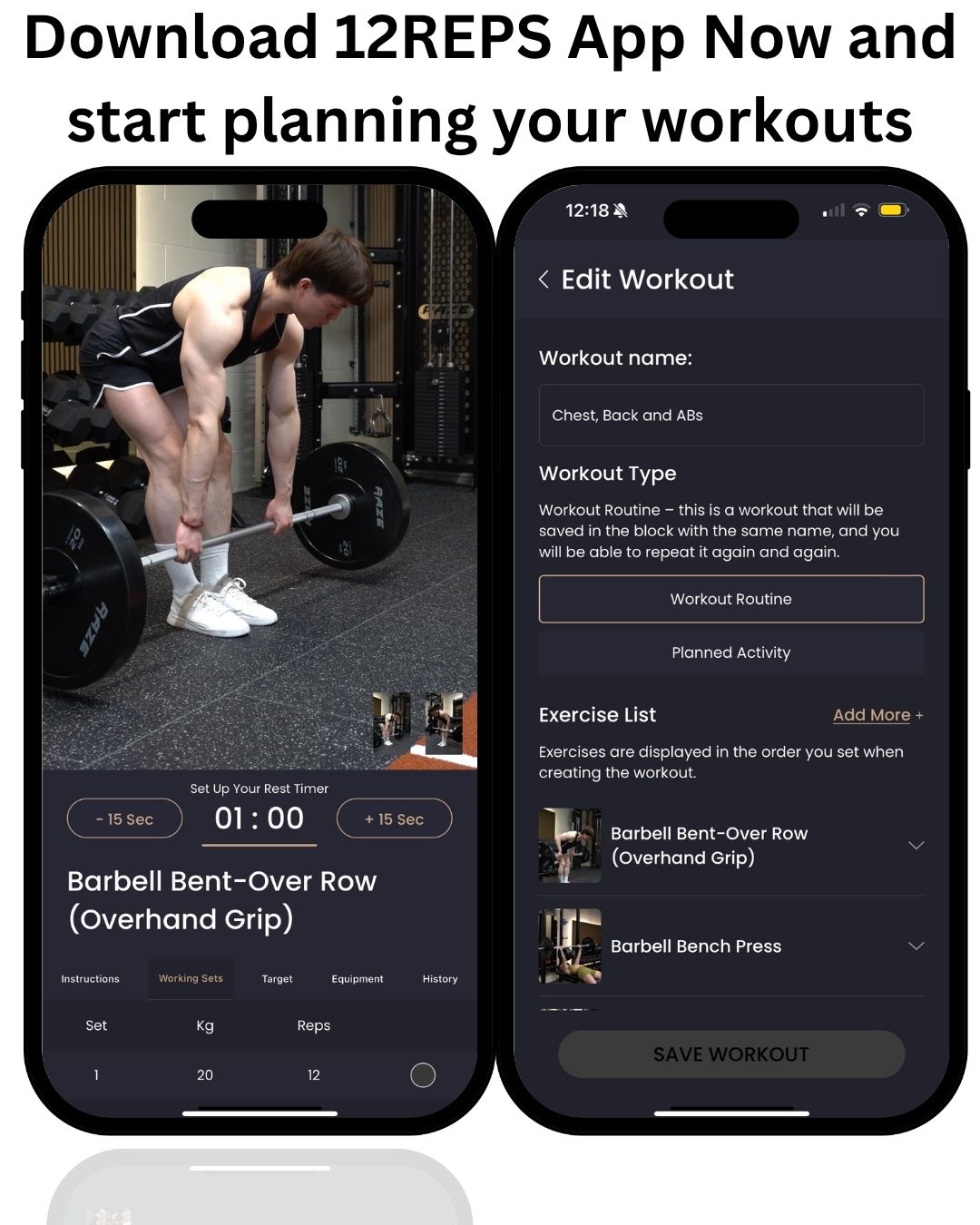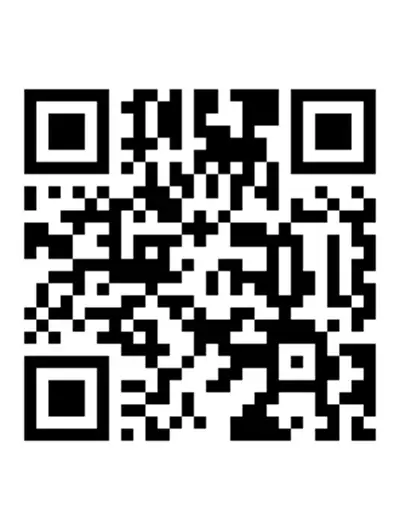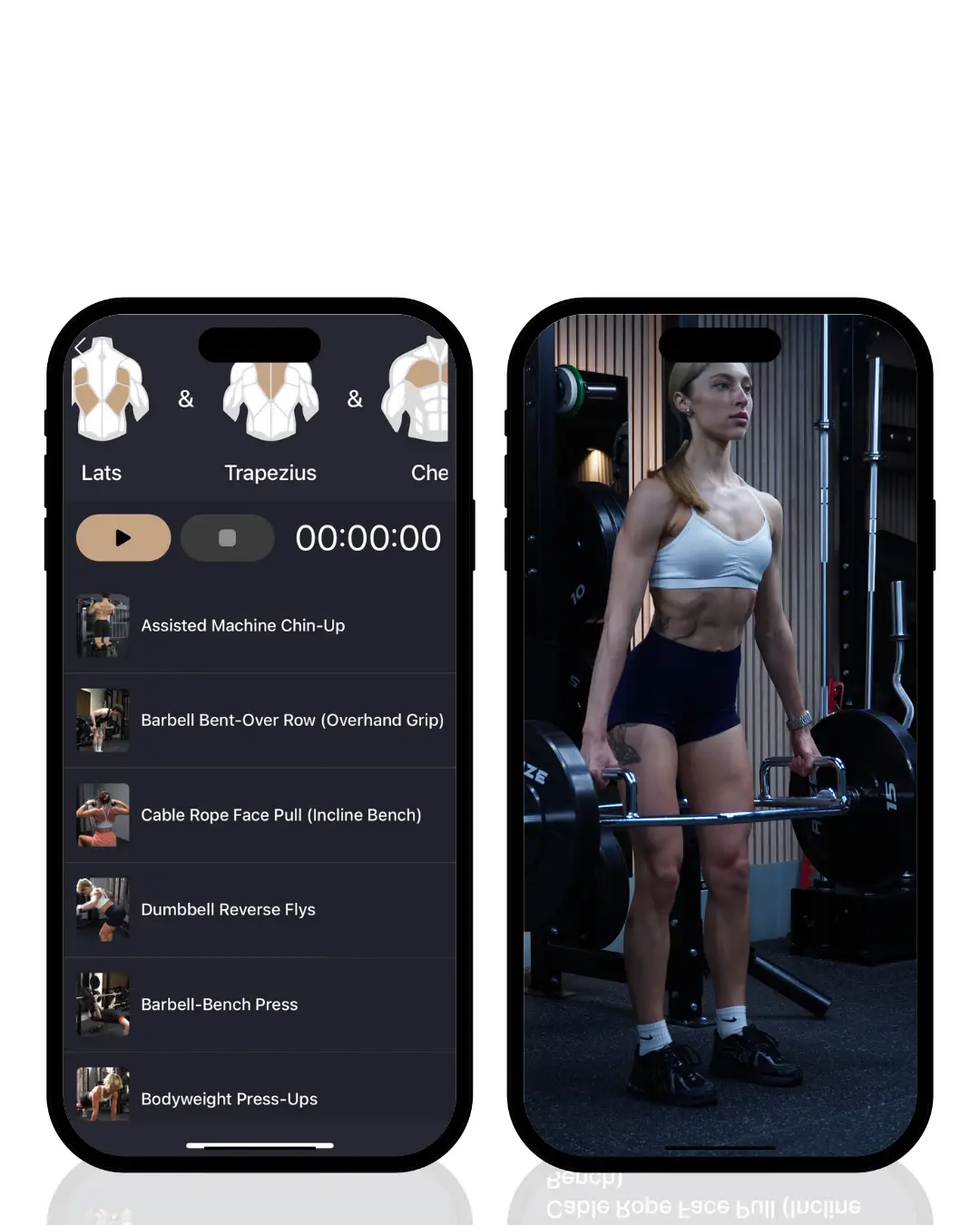Written by Will Duru, BSc (Hons) Sport and Exercise Science, Level 3 Personal Trainer.
listen up, you iron-warriors, I’m Will, and after a decade in the trenches as a personal trainer – with a Sport and Exercise Science Hons degree to back it up – I’ve seen it all. I’ve coached clients through the brutal highs of CrossFit competitions, guided them across the finish lines of the London, New York, Chicago Marathons, and even the Hackney Half. And if there’s one thing I’ve learned, it’s this: sometimes, to go faster, you need to slow down. To get stronger, you need to lift less. And to achieve peak performance, you absolutely, positively need to take a break.
Sounds crazy, right? Like telling a shark to stop swimming. But trust me, this isn’t about slacking off. This is about the deload. It’s the secret sauce, the unsung hero, the strategic pause that separates the consistently progressing athletes from those stuck on a plateau, nursing nagging injuries. Think of it as hitting the reset button on your body and mind, allowing you to come back stronger, faster, and more motivated than ever.
In this article, we’re going to dive deep into the science of deloads. We’ll cut through the myths and show you why this planned period of reduced training is not a sign of weakness, but a crucial part of smart, long-term training. I’ll share my insights from years of coaching, backed by my Sport and Exercise Science background, and show you exactly how the 12Reps app can help you master this vital aspect of your fitness journey. So, put down that extra set of reps for a minute, and let’s talk about doing less to achieve more.

What is a Deload? The Art of Strategic Recovery
So, what exactly is a deload? In simple terms, it’s a planned, temporary reduction in your training stress. This usually means lowering the volume (total sets and reps) and/or the intensity (the weight you lift) of your workouts for a short period, typically a week. It’s not about stopping training completely, but rather about giving your body a chance to recover and adapt without completely losing your fitness.
From my Sport and Exercise Science perspective, a deload is a critical component of periodisation. Periodisation is the systematic planning of athletic or physical training. It’s how we break down your training year into smaller phases, each with a specific goal. Just like you wouldn’t try to sprint a marathon, you shouldn’t try to train at maximum intensity all year round. Your body needs cycles of hard work followed by periods of recovery and adaptation.
Many people, especially those new to serious training or those with a strong competitive drive (like my CrossFit athletes or marathon runners), see a deload as a sign of weakness or a step backward. They worry about losing gains or falling behind. But this couldn’t be further from the truth. A deload is a proactive, intelligent training strategy. It’s about being smart with your body, not just tough.
Think of it like this: You’re building a house. You can’t just keep hammering nails without ever stepping back to make sure the structure is sound. Eventually, things will start to crack. Your body is the same. Consistent, hard training creates stress. While this stress is necessary for adaptation and growth, too much stress without enough recovery leads to breakdown, not breakthrough. A deload is your chance to step back, let the ‘construction’ settle, and prepare for the next phase of building.

The Physiological & Psychological Benefits of Deloads
So, why bother with a deload? The benefits go far beyond just feeling a bit less tired. They tap into deep physiological and psychological processes that are crucial for long-term progress and staying injury-free. As a Sport and Exercise Science graduate, this is where the real magic happens:
Your CNS is like the master control panel of your body. It sends signals to your muscles, telling them to contract. Heavy lifting, intense CrossFit WODs, and long runs all put a lot of stress on your CNS. Over time, this can lead to CNS fatigue, which means your brain struggles to send strong signals to your muscles. You might feel sluggish, weak, or just generally ‘off’. A deload gives your CNS a much-needed break, allowing it to recover fully. This means when you come back, your brain can fire those signals efficiently again, leading to stronger lifts and better performance.
Muscles recover relatively quickly, but your joints, tendons, and ligaments take longer. These connective tissues are under constant stress during training. Without proper recovery, they can become inflamed, stiff, and prone to injury. Think of the nagging knee pain after too many squat sessions, or shoulder discomfort from endless overhead presses. A deload provides a window for these tissues to repair and strengthen, reducing your risk of injury and keeping you healthy for the long haul. This is especially important for my marathon runners, whose joints take a pounding, and CrossFit athletes, who put their bodies through a huge range of movements.
Intense training can mess with your hormones. For example, consistently high training stress can lead to elevated cortisol (the stress hormone) and reduced testosterone (important for muscle growth and recovery). This hormonal imbalance can make it harder to build muscle, lose fat, and even affect your mood. A deload helps bring your hormones back into balance, creating a better internal environment for growth and recovery.
This is the holy grail of deloads! Supercompensation is the idea that after a period of stress (training) and adequate recovery (deload), your body doesn’t just return to its baseline; it adapts and becomes stronger than before. Your body overshoots its previous level of fitness. So, by strategically reducing training, you set yourself up for a bigger jump in performance when you return to full intensity. It’s like pulling back a slingshot – the further back you pull, the further the stone flies.
Let’s be honest, training hard all the time can be mentally draining. The constant grind, the pressure to hit new personal bests, the early mornings – it all adds up. A deload offers a psychological break. It can reduce training boredom, renew your enthusiasm, and bring back that spark you might have lost. Many of my clients report feeling refreshed, more motivated, and excited to train again after a well-timed deload. It’s a chance to reconnect with why you train and come back with a clear head.

When to Deload: Recognising the Signs
Knowing that deloads are important is one thing; knowing when to take one is another. This is where experience, self-awareness, and a bit of science come together. As a trainer who’s guided athletes through intense training blocks for marathons and CrossFit, I’ve learned to spot the signs, both in my clients and in myself. There are two main ways to approach deloads: listening to your body (reactive) and planning them in advance (proactive).
Reactive Deloads: Listening to Your Body
Your body is constantly sending you signals. The trick is learning to listen to them before they turn into screams. Here are some common signs that your body is telling you it needs a break:
- Stalling Progress: Are your lifts stuck? Are you struggling to hit reps you used to manage easily? If you’re consistently failing to make progress despite training hard, it’s a big red flag that you might be overreaching and need a deload.
- Chronic Fatigue: This isn’t just feeling tired after a workout. This is a deep, persistent tiredness that doesn’t go away with a good night’s sleep. You might feel drained all day, even before you start training.
- Persistent Aches and Pains: Are your joints constantly sore? Do you have nagging pains that just won’t go away? These are often early warning signs of overuse injuries. A deload can prevent these minor aches from becoming major problems.
- Irritability and Mood Swings: Overtraining doesn’t just affect your body; it affects your mind. If you find yourself unusually irritable, anxious, or just generally grumpy, it could be a sign of CNS fatigue and hormonal imbalance.
- Poor Sleep Quality: Despite feeling exhausted, you might find it hard to fall asleep, or you wake up feeling unrested. This is another common sign that your body is struggling to recover.
- Loss of Motivation: If the thought of going to the gym fills you with dread, or you’re just not excited about training anymore, it’s a clear signal that you need a mental and physical break. This is especially true for my marathon runners who often push through mental barriers, but even they need a reset.
- Increased Sickness: If you’re constantly catching colds or feeling run down, your immune system might be suppressed due to overtraining. A deload can help boost your immunity.
Proactive Deloads: Planning for Success
While reactive deloads are important for addressing immediate signs of fatigue, the best approach is to plan your deloads in advance. This is where the science of periodization comes in. For most strength athletes, a planned deload every 4-8 weeks is a good general guideline. The exact timing depends on:
- Your Training Intensity: If you’re consistently training with very heavy weights (e.g., 85-95% of your max), you’ll likely need a deload more often (e.g., every 4-6 weeks).
- Your Training Volume: High-volume training (lots of sets and reps) also accumulates fatigue quickly, so you might need more frequent deloads.
- Your Experience Level: Beginners can often progress for longer without a deload because the training stress isn’t as high. Advanced lifters, who push their bodies to the limit, need them more regularly.
- Life Stress: Remember, training stress isn’t the only stress your body deals with. Work, family, and other life demands all contribute to your overall fatigue. If you’re going through a particularly stressful period outside the gym, it might be a good time for a planned deload, even if it’s a bit earlier than usual.
For my marathon clients, we often build in mini-deloads or reduced mileage weeks leading up to race day, and a significant deload after the race to allow for full recovery. For CrossFit athletes, we might schedule deloads around major competitions or after particularly intense training cycles. The key is to be intentional about it.
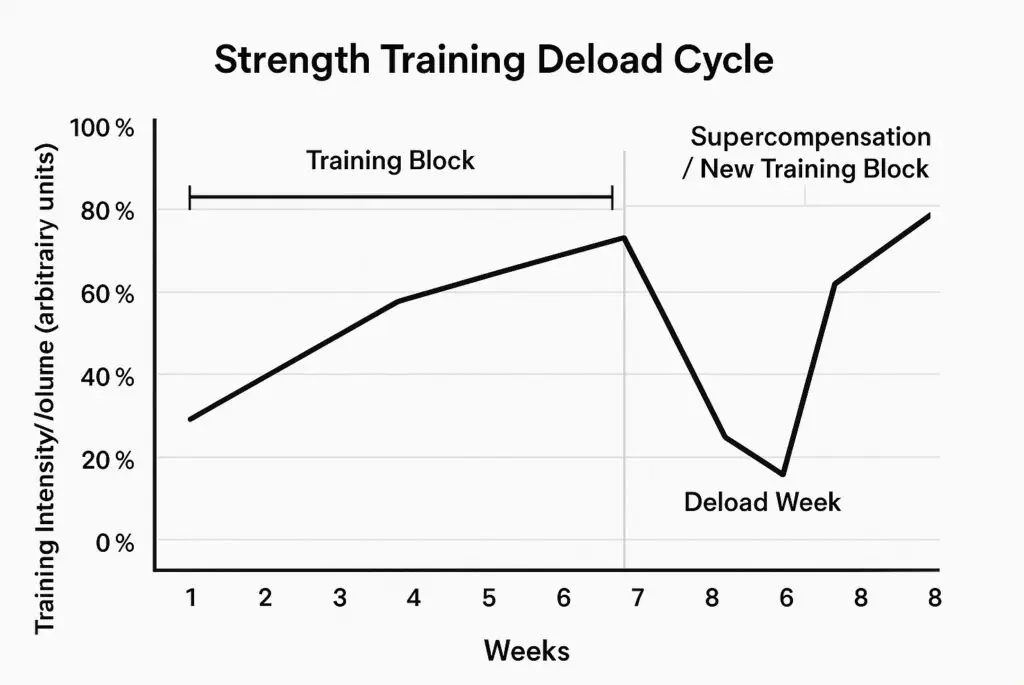
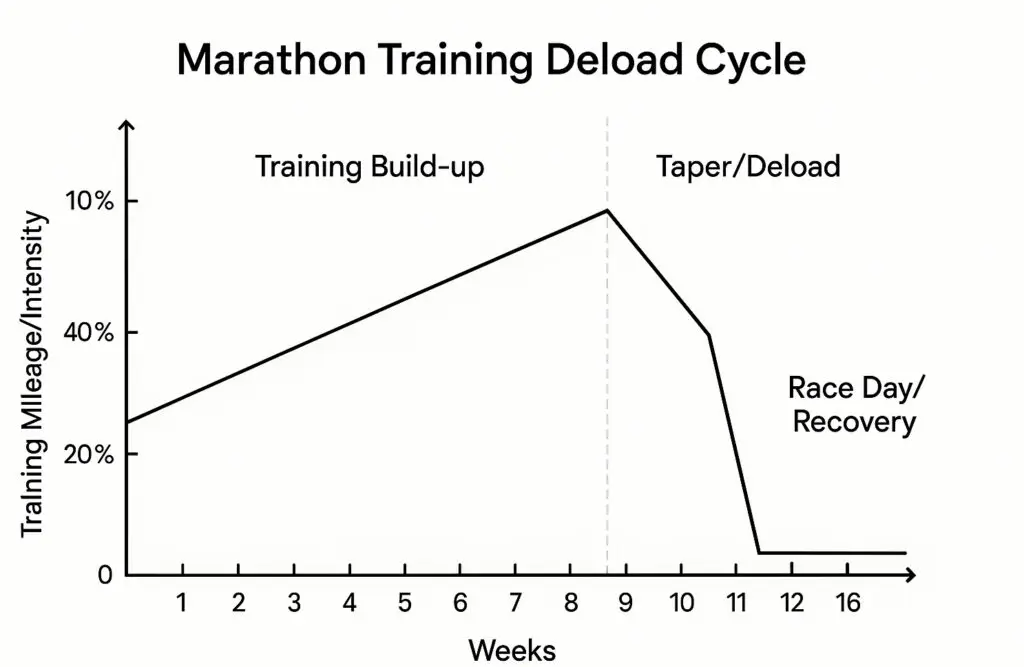
How to Execute an Effective Deload Week
Okay, so you’ve decided it’s time for a deload. Great! But how do you actually do it? It’s not about sitting on the sofa eating crisps (though a little mental break is good!). It’s about smart, active recovery. The goal is to reduce stress enough for your body to recover, but not so much that you lose your hard-earned gains. Here’s how I guide my clients through an effective deload week:
1. Reduce Volume (Most Common Approach)
This is the most popular and often the most effective way to deload. You keep your normal exercises and maybe even your normal intensity (weight), but you drastically cut down on the number of sets and reps.
- Guideline: Aim for about 50% of your normal sets and reps. So, if you usually do 3 sets of 10 reps, during a deload you might do 1-2 sets of 5-6 reps.
- Example: If you normally squat 3 sets of 5 reps at 100kg, during your deload, you might squat 2 sets of 3 reps at 100kg. The weight feels heavy, but the total work is much less.
2. Reduce Intensity (Weight)
Another way to deload is to keep your normal number of sets and reps, but significantly reduce the weight you’re lifting. This takes the heavy load off your joints and CNS.
- Guideline: Aim for about 50-70% of your normal working weight. So, if you usually lift 100kg, you’d lift 50-70kg.
- Example: If you normally bench press 3 sets of 8 reps at 80kg, during your deload, you might bench press 3 sets of 8 reps at 40-56kg. This allows you to focus purely on form and movement quality.
3. A Combination of Both
For some, a mix of reducing both volume and intensity works best. This can be a very gentle way to deload, especially if you’re feeling very fatigued.
- Guideline: Reduce both volume and intensity by a smaller percentage, say 30-40% for each.
4. Maintain Technique
Regardless of how you deload, always focus on perfect technique. This is a great opportunity to reinforce good movement patterns without the pressure of heavy loads. Treat each rep as a chance to perfect your form. This is something I constantly drill into my clients, whether they’re preparing for a CrossFit comp or just trying to move better in daily life.
5. Duration
A deload typically lasts for one week. This is usually enough time for your body to recover and for supercompensation to kick in. Going longer might lead to detraining, where you start to lose some of your fitness adaptations.
6. Active Recovery and Lifestyle
During your deload week, don’t just sit around. Engage in active recovery. This could include:
- Light cardio (walking, cycling)
- Stretching or foam rolling
- Yoga or Pilates
- More sleep! This is crucial for recovery.
- Focus on good nutrition. Your body is repairing, so give it the fuel it needs.
Remember, the goal is to reduce stress, not eliminate activity. It’s about giving your body and mind a chance to recharge, so you can come back stronger and ready to crush your next training block. My Sport and Exercise Science background strongly supports this active recovery approach – it’s far more beneficial than complete rest for most athletes.

12Reps: Integrating Deloads into Your Training Plan
Now, you might be thinking, “This all sounds great, Will, but how do I actually manage this deload thing?” That’s exactly why I built the 12Reps app. As a trainer, I know that intelligent programming is key, and that includes planned recovery. 12Reps is designed to be your smart training partner, helping you navigate the nuances of periodization and ensuring you get the most out of every training cycle, including your deloads.
Here’s how 12Reps helps you intelligently plan and execute your deloads for long-term progress:
1. Tracking Fatigue and Suggesting Deloads
While 12Reps doesn’t have a magic crystal ball, its smart filtering system and tracking capabilities can give you insights into your training load. By consistently logging your workouts – your sets, reps, and the weight you lift – the app builds a picture of your training volume and intensity over time. If you’re consistently pushing hard, the app can help you recognise when a deload might be beneficial. It won’t force you, but it can provide data-driven suggestions, acting like a virtual coach reminding you to consider recovery.
2. Easy Adjustment of Volume and Intensity
When it’s time for a deload, 12Reps makes it incredibly simple to adjust your training. You don’t need to manually recalculate everything. Within the app, you can easily:
- Reduce Sets and Reps: For a volume-based deload, you can quickly edit your planned workouts to cut down the number of sets and reps for each exercise. The app will then guide you through the reduced workload.
- Adjust Weight: If you opt for an intensity-based deload, you can simply lower the weights for your exercises within the app. This keeps your form perfect while reducing the overall stress.
This flexibility means you can implement your chosen deload strategy with just a few taps, without having to create entirely new workout plans or do complex maths. It takes the friction out of smart recovery.
3. Maintaining Consistency During Deloads
One of the biggest challenges with deloads is staying consistent. It’s easy to just stop training. But as I mentioned, a deload is about reduced stress, not no stress. 12Reps keeps you engaged. It provides the structure for your deload workouts, ensuring you’re still moving, still focusing on technique, and still getting the benefits of active recovery, even with a lighter load. This consistency during your deload ensures you don’t lose momentum and are ready to hit the ground running when your next training block begins.
4. Long-Term Progress and Injury Prevention
By integrating deloads into your training cycle, 12Reps helps you avoid the common pitfalls of overtraining and burnout. It supports a more sustainable approach to fitness. My Sport and Exercise Science background emphasises that consistent, intelligent training, including planned recovery, is the only way to achieve long-term gains and stay injury-free. 12Reps empowers you to do just that, ensuring you can keep pushing your limits for years to come, whether you’re aiming for another marathon, a new CrossFit PR, or just consistent strength development in the City gym.

Conclusion: Embrace the Deload, Unlock Your True Potential
So, there you have it. The secret weapon of elite athletes and smart lifters isn’t always more reps, more weight, or more hours in the gym. Sometimes, it’s the strategic, intelligent decision to do less. As Will Duru, a Sport and Exercise Science expert and personal trainer who’s guided countless individuals through the rigours of CrossFit, marathons, and the daily grind of City life, I can tell you that understanding and implementing deloads is non-negotiable for long-term success.
We’ve explored the profound physiological benefits – from giving your Central Nervous System a much-needed break and repairing your joints, to rebalancing your hormones and setting the stage for supercompensation. We’ve also looked at the crucial psychological advantages, helping you stay motivated and preventing burnout. Knowing when to deload, whether reactively by listening to your body’s signals or proactively by planning it into your training cycle, is a skill that will serve you for years to come.
And this is precisely where the 12Reps app becomes your ultimate training ally. I designed 12Reps to take the guesswork out of smart training. Its smart filtering and flexible programming allow you to easily integrate deloads into your routine, ensuring you recover effectively and come back stronger. It’s the intelligent partner that understands the nuances of periodisation and recovery, helping you make consistent, injury-free gains.
Don’t let the fear of ‘losing gains’ hold you back. Embrace the deload. It’s not a step backward; it’s a strategic leap forward. By intelligently managing your training stress, you’ll unlock new levels of performance, build a more resilient body, and enjoy your fitness journey for the long haul. Download the 12Reps app today and start training smarter, not just harder.


